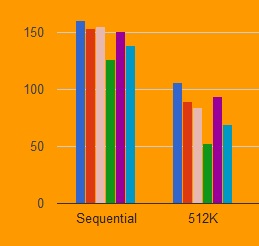
PLoS ONE 16(6):Įditor: Camelia Delcea, Bucharest University of Economic Studies, ROMANIA

The web tool will fill the gap for life science researchers by providing a user-friendly substitute for command-line alternatives.Ĭitation: Menyhart O, Weltz B, Győrffy B (2021) : A tool for life science researchers for multiple hypothesis testing correction. The current summary provides a much needed practical synthesis of basic statistical concepts regarding multiple hypothesis testing in a comprehensible language with well-illustrated examples.
#Multiple testing vs sequential testing registration#
Our registration free online tool is available at and compiles the five most frequently used adjustment tools, including the Bonferroni, the Holm (step-down), the Hochberg (step-up) corrections, allows to calculate False Discovery Rates (FDR) and q-values. To facilitate multiple-testing corrections, we developed a fully automated solution not requiring programming skills or the use of a command line. We provide a step-by-step description of each multiple-testing correction method with clear examples and present an easy-to-follow guide for selecting the most suitable correction technique. We aim to summarize critical statistical concepts and widely used correction approaches while also draw attention to frequently misinterpreted notions of statistical inference. Several strategies exist to overcome the problem of multiple hypothesis testing. Drawing valid conclusions require taking into account the number of performed statistical tests and adjusting the statistical confidence measures. Conducting multiple comparisons increases the likelihood that a non-negligible proportion of associations will be false positives, clouding real discoveries. Scientists from nearly all disciplines face the problem of simultaneously evaluating many hypotheses.


 0 kommentar(er)
0 kommentar(er)
